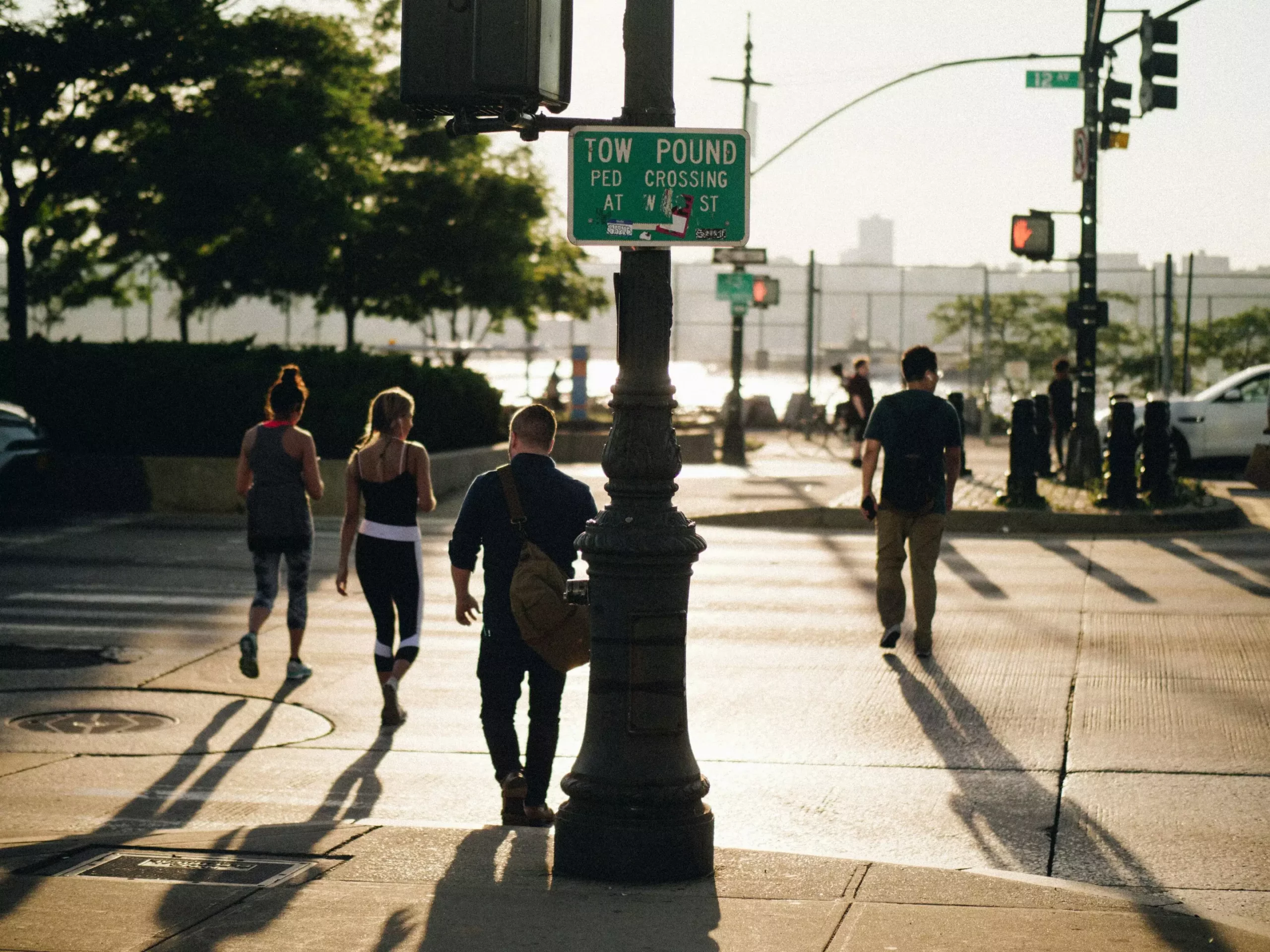The issue of air pollution in urban environments continues to pose serious health risks, particularly for vulnerable populations such as pedestrians and cyclists. A recent study by researchers from the University of Birmingham, published in the Royal Society Open Science journal, highlights the significant contribution of non-exhaust emissions—particles generated from road surfaces, tire wear, and brake dust. These particles, often invisible to the naked eye, present a silent danger, leading to chronic diseases and health complications that can compromise quality of life. The study emphasizes the need for innovative solutions to inform the public about these hidden pollutants and their effects on urban air quality.
This groundbreaking research proposes the use of physics-informed virtual reality (VR) as an educational tool. The study employs advanced computational fluid dynamics models to simulate the dispersion of particulate matter in urban settings. By visually representing the movement of these pollutants in immersive VR experiences, the researchers aim to enhance public understanding of air quality. This approach serves a dual purpose: educating individuals about potential exposure risks and empowering them to make informed choices while navigating city landscapes.
To assess the effectiveness of their VR models, the researchers conducted field tests in Birmingham, the UK’s second-largest city, known for its high levels of PM2.5 emissions resulting from brake and tire wear. Engaging with the public allowed participants to witness firsthand the critical moments when their exposure to harmful particles might peak. According to Principal Investigator Dr. Jason Stafford, visual experiences can significantly influence behavior. By seeing the invisible dangers associated with everyday travel—particularly at bus stops and pedestrian crossings—residents can adjust their routes or timing to minimize exposure.
Beyond personal awareness, the research suggests a broader application of VR technologies in urban planning and policy-making. Understanding the pollution dynamics uncovered by the study calls for a reevaluation of urban infrastructure. Identifying areas of highest pollution risk, especially during braking events, can inform decisions about the placement of transportation hubs and pedestrian pathways. By strategically redesigning these zones, cities can promote cleaner air and enhance public health.
The intersection of advanced computational modeling, VR, and urban planning presents a promising frontier for addressing air quality issues in urban spaces. As cities grapple with the persistent presence of harmful emissions, the need for effective educational tools and informed planning becomes increasingly urgent. The findings from the University of Birmingham’s research illuminate the path forward for not only protecting pedestrians and cyclists from invisible pollutants but also fostering healthier urban environments for all citizens. Through continued innovation and collaboration, it is possible to create urban spaces that prioritize public health and well-being amidst the challenges of modern transportation.


Leave a Reply